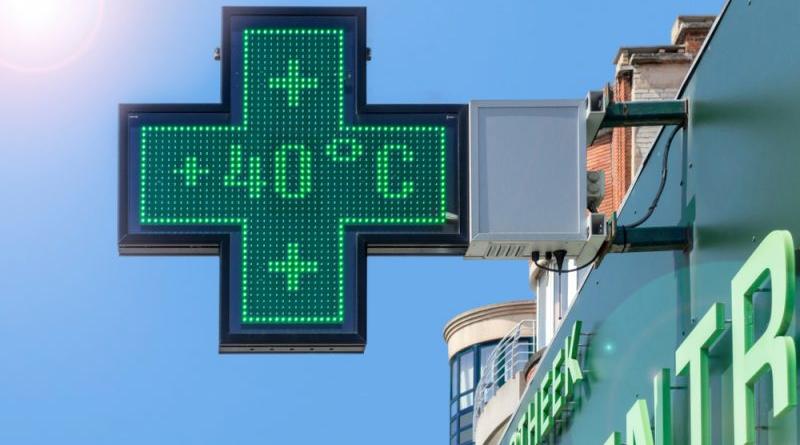Heat-related deaths hit record highs in France

Read the original French article.
Since 2014, extreme heat has been responsible for the deaths of 33,000 people in France, ranging between 1,000 and 7,000 each year, according to the health agency’s latest data, compiled in a report published on Friday (23 June).
“The results highlight the importance of heat-related mortality since 2014 and the need to strengthen adaptation in a context of rapid climate change,” the report states.
The report recorded data for the summer period of 1 June to 15 September each year.
“This impact corresponds to a small number of days per year but can account for up to 9% of summer deaths,” the study writes.
Since 2015, heat waves have been getting longer and more intense. “We’re seeing heatwaves from June onwards, whereas before, it was mainly in July and August,” the authors noted.
“Heat has a very rapid impact on the body. During periods of extreme heat, the state of health can quickly deteriorate and require urgent care,” the study said.
“The very significant impact observed in 2022 compared with other years foreshadows the challenges ahead,” the health agency said.
As such, SPF is calling for “structural and systemic adaptation to heat to reduce the risk to human health throughout the summer”.
Heatwaves
According to the study, a heatwave is defined as a period of at least three hot days, with maximum (daytime) and minimum (night-time) temperatures exceeding alert thresholds defined for each region.
For example, in the Île-de-France region, this maximum temperature is set at 31°C, while the minimum is 21°C.
Such periods pose the greatest risk to health, although deaths were also recorded during periods of extreme heat – hot weather that does not meet the threshold of a heatwave.
“Of these deaths, 28% occurred during heatwaves as defined by the heatwave management plan, even though heatwaves account for only 6% of the days studied, justifying a particularly high level of surveillance and prevention,” according to the report.
All age groups affected
Of the 33,000 deaths, 23,000 were aged 75 and over, but all age groups are affected, the experts at the health agency warned.
“As expected, around two-thirds of the impact involved people aged 75 and over, but it should be noted that a significant proportion (one-third) involved people under 75,” the French agency writes.
Extreme temperatures are uncomfortable but not life-threatening for many people: only 12% of French people consider themselves fragile or very fragile during a heatwave.
In any case, when temperatures rise, the risk of death increases, particularly for people who exercise in the heat and those living in poorly insulated buildings, the agency adds.
Deadly Paris
While heat is one of the most dangerous climate hazards in Europe, according to the Intergovernmental Panel on Climate Change (IPCC), a Lancet study published in March found that among the 854 European cities with over 50,000 inhabitants, Paris was the city that recorded the most heat-related deaths.
The main cause of these deaths is so-called urban heat islands that are caused by road traffic, human activity and tall buildings that prevent the air from circulating.
Compared to the whole of Europe, Western Europe is most affected by heat, as the study points to temperatures rising three to four times faster than in the rest of the continent.
cover photo:Of the 33,000 deaths, 23,000 were aged 75 and over, but all age groups are affected, the experts at Santé publique France warn. [Philippe Clement/Shutterstock]





